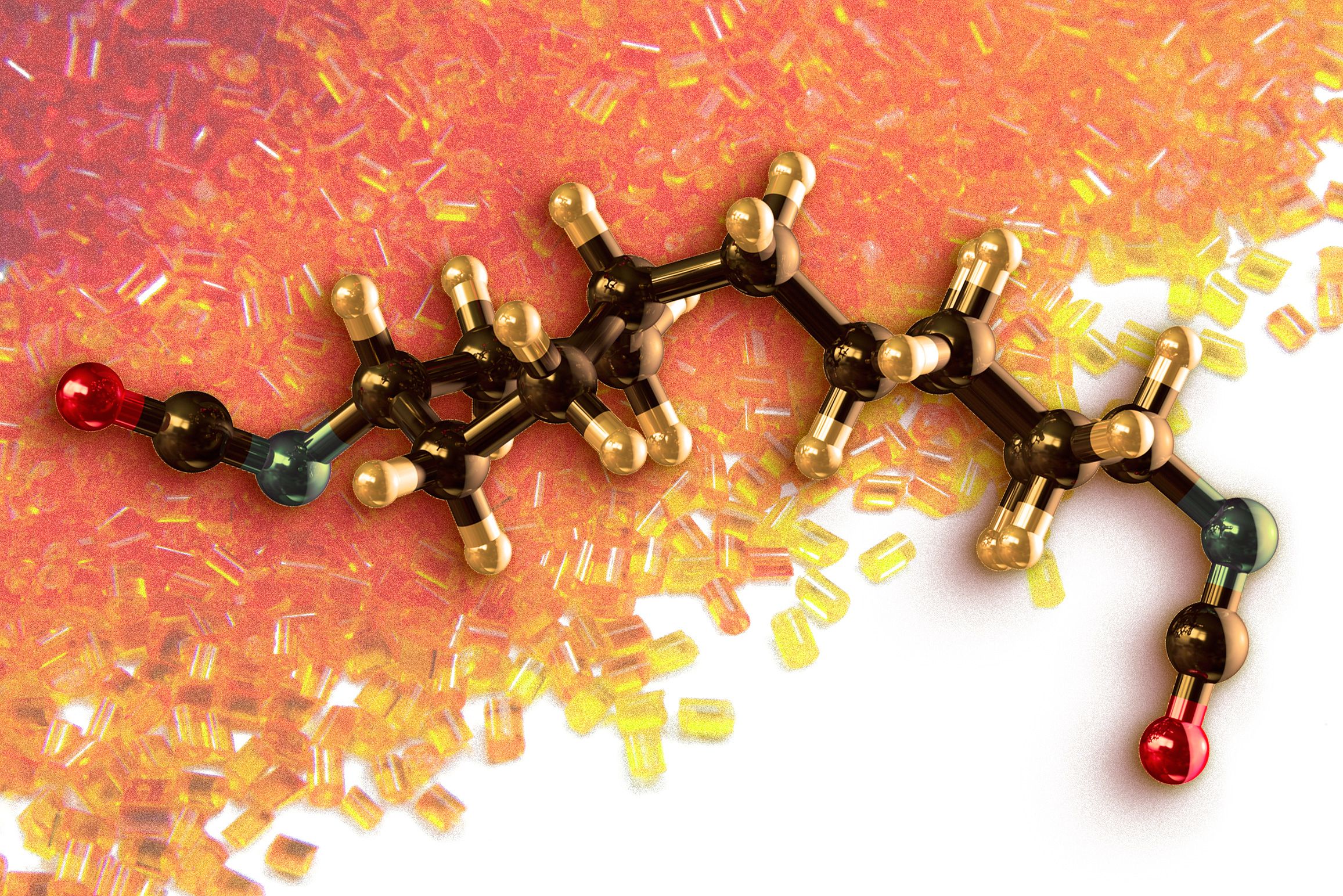Business
EAA and EMAA Copolymer Market Analysis: A Comprehensive Overview of the EAA and EMAA Copolymer Industry

EAA and EMAA copolymers, also known as ethylene acrylic acid and ethylene methyl acrylate copolymers respectively, have been gaining traction in various industries such as packaging, automotive, and medical due to their unique properties. These copolymers possess superior adhesive and barrier properties, making them ideal for applications requiring high peel strength, excellent low-temperature sealing, and moisture resistance.
Market Outlook
The global EAA and EMAA copolymer market accounting for approximately 40% of the market share in 2019, owing to the rapidly growing industrialization and urbanization in countries like China, India, and Japan. The demand for EAA and EMAA copolymers is also increasing in Europe and North America, driven by the shift towards environmentally friendly and sustainable materials.
Market Trends
One of the significant trends driving the EAA and EMAA copolymer market is the increasing demand for eco-friendly and recyclable packaging. The rise in environmental awareness has led to the need for sustainable packaging solutions, and EAA and EMAA copolymers are emerging as a promising alternative to conventional plastic materials.
The automotive industry is also a significant consumer of EAA and EMAA copolymers. The use of these copolymers is increasing in interior and exterior automotive applications such as body panels, bumpers, and dashboard components, owing to their excellent adhesion properties, low-temperature sealing, and resistance to impact and corrosion.
The medical industry is also expected to drive the demand for EAA and EMAA copolymers in the coming years. The use of these copolymers in medical devices and packaging is increasing, primarily due to their biocompatibility and sterilizability.
Download PDF Sample here: https://growthmarketreports.com/request-sample/4986
Growth Opportunities
The EAA and EMAA copolymer market presents several growth opportunities for manufacturers and suppliers. As the demand for eco-friendly packaging solutions continues to rise, there is an increasing need for developing new and improved formulations of EAA and EMAA copolymers that are biodegradable and compostable.
The medical industry also offers significant growth potential for EAA and EMAA copolymer producers. With the increasing demand for medical devices and packaging, there is a need for developing copolymers with enhanced mechanical and biological properties that meet the stringent regulatory requirements.
The automotive industry offers another avenue for growth for EAA and EMAA copolymer manufacturers. As electric vehicle production continues to grow, there is an increasing demand for lightweight materials that can improve fuel efficiency and reduce emissions. The use of EAA and EMAA copolymers in automotive applications can help achieve these objectives.
Enquiry Before Buying: https://growthmarketreports.com/enquiry-before-buying/4986
Key Players
The global EAA and EMAA copolymer market is highly competitive, with several key players operating in the industry. These include:
DuPont
ExxonMobil
The Dow Chemical Company
LyondellBasell Industries Holdings B.V.
Mitsui Chemicals, Inc.
These companies are actively involved in research and development to enhance the performance and properties of EAA and EMAA copolymers, develop new formulations, and expand their product portfolios to meet the evolving market demands.
Get Full Access to this Report: https://growthmarketreports.com/checkout/4986
Conclusion
The EAA and EMAA copolymer market is poised for significant growth in the coming years, driven by the increasing demand for sustainable packaging solutions, automotive applications, and medical devices. The market presents several opportunities for manufacturers and suppliers to develop new and innovative formulations of EAA and EMAA copolymers to meet the evolving market demands. The key players in the market are investing in research and development to enhance the properties and performance of these copolymers, expand their product portfolios and meet the stringent regulatory requirements in various applications.”











